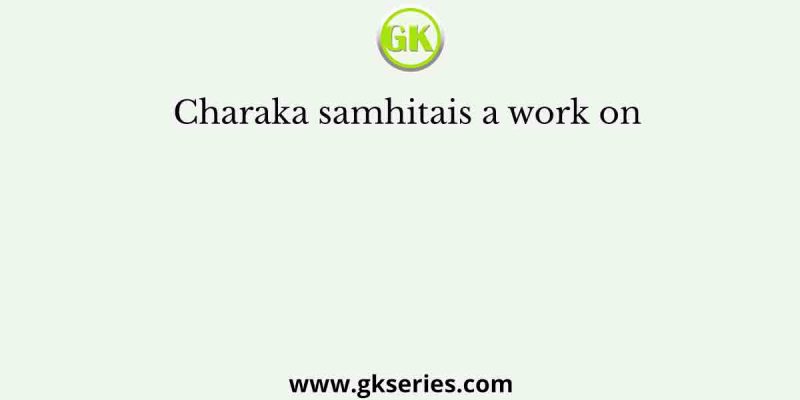
Directions (7-12): Read the following sentences carefully and arrange them meaningfully to form a coherent paragraph. (A) From universities to the military and Parliament, all institutions are faced with the challenge of designing their systems to reflect greater inclusiveness of gender and ...
READ MORE +







